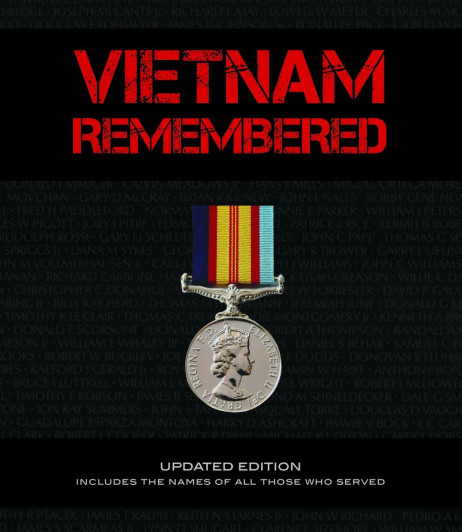Fire Support Bases Vietnam is a comprehensive compilation by Vietnam veteran Bruce Picken, providing meticulous documentation of the construction, location, and role of fire support bases during the Vietnam War. These bases, often hastily constructed in primary jungle areas, played a crucial role in providing essential support to infantry field units during operations in South Vietnam.
A fire support base, in its simplest sense, refers to a fortified artillery base position strategically located close to the centre of the area of operations. These bases were established to support task force, battalion, or company operations by bringing artillery and mortar fire within range of friendly forces operating in depth.
While artillery gun areas were not unique to the Vietnam conflict, they were deployed in allied territory in previous wars to cover front lines and support advancing troops. However, in Vietnam, US forces introduced the concept and Australian forces quickly adapted it upon their arrival in Phuoc Tuy Province in May 1966. The fire support bases were now predominantly situated in enemy-dominated territory, providing much-needed protection for forces operating in fiercely contested areas.
Fire Support Bases Vietnam offers a detailed account that meticulously identifies every fire support base by date, location, and role. Additionally, it provides an outline of the operations in which these bases participated. This book is an indispensable reference for individuals with a serious interest in the Vietnam War, offering valuable insights into a campaign that holds a unique place in the Australian psyche.
SPECIFICATIONS:








